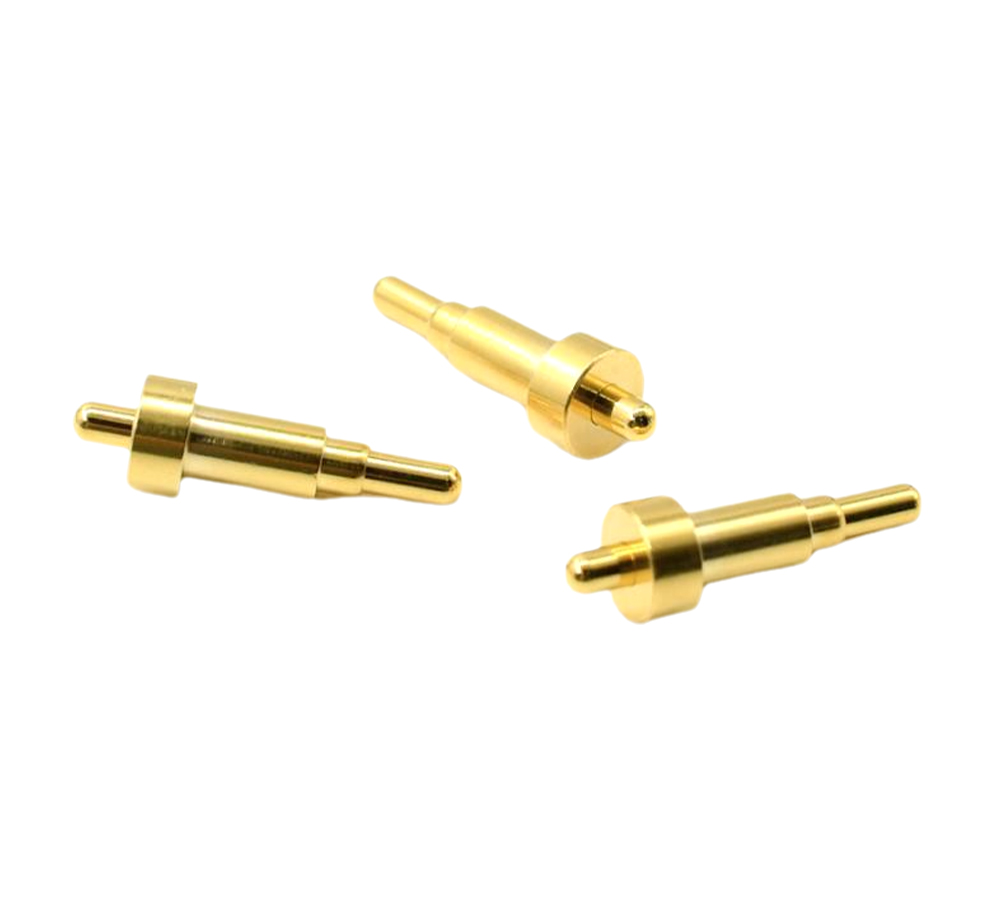Time:2025-05-09 Views:1 source:News

Pogo pins, in their basic form, are not miniature magnetic components. However, they can be integrated with magnetic elements to create magnetic Pogo pin connectors, which combine the functionality of Pogo pins with magnetic properties.
A standard Pogo pin is a spring - loaded electrical connector consisting of a plunger, a spring, and a barrel. Its primary function is to establish an electrical connection between two components by making physical contact. The materials used in a basic Pogo pin, such as brass, copper, or phosphor bronze for the plunger and barrel, and stainless steel or beryllium copper for the spring, are not magnetic (except for some specialty alloys that are rarely used in standard Pogo pins). The connection mechanism of a basic Pogo pin relies on the mechanical force provided by the spring to push the plunger against the mating surface, ensuring electrical continuity.
On the other hand, magnetic Pogo pin connectors are a specialized variant. In these connectors, magnetic elements are added to the design. These magnetic elements can be small permanent magnets or ferromagnetic materials incorporated into the Pogo pin assembly or the surrounding housing. The magnets serve several purposes. One of the main functions is to assist in the alignment of the connector. When two components with magnetic Pogo pin connectors are brought close to each other, the magnetic force between them helps guide the Pogo pins into the correct position. This makes the connection process more user - friendly, especially in applications where precise manual alignment may be difficult, such as in small or handheld devices.
The magnets also help maintain the connection. They add an additional holding force that keeps the Pogo pins in contact with the mating surface, even in the presence of vibrations or minor movements. This can be particularly important in applications where a stable connection is crucial, such as in medical devices, where the movement of a patient should not disrupt the connection between different components. In some cases, the magnetic field can also be used to activate certain functions. For example, in a smartwatch with a magnetic Pogo pin charging dock, the magnetic connection can trigger the watch to enter a charging mode or to establish a communication link with the dock. So, while Pogo pins themselves are not inherently magnetic, the addition of magnetic components to create magnetic Pogo pin connectors expands their functionality and makes them more suitable for a variety of applications where magnetic - assisted alignment and connection stability are desired.
Read recommendations:
Mass production of magnetic connectors